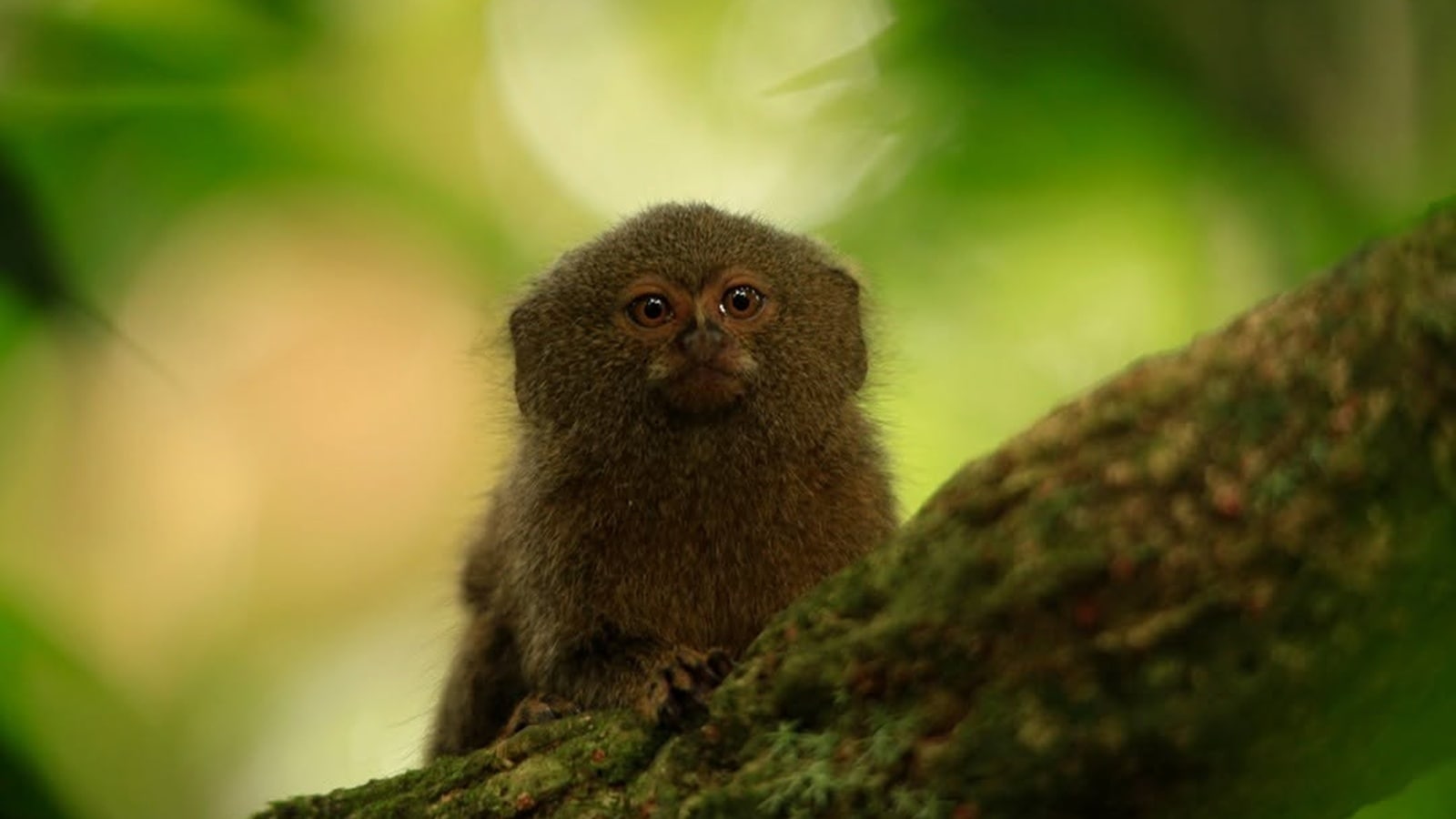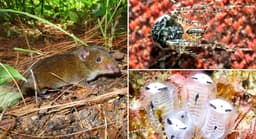Home / Environment / Finger-Sized Primates: Pygmy Marmosets Captivate with Unique Adaptations
Finger-Sized Primates: Pygmy Marmosets Captivate with Unique Adaptations
22 Oct
Summary
- Pygmy marmosets are the world's smallest monkeys, weighing just over 100g
- They have a digestive system adapted to break down tree sap and other plant matter
- Habitat loss due to development and industry threatens these tiny primates

As of October 22nd, 2025, the world's smallest monkeys, the pygmy marmosets, continue to captivate with their diminutive size and remarkable adaptations. These tiny primates, found in the forests of South America, weigh just over 100g and measure between 11.7-15.2cm in head-to-body length, small enough to fit comfortably in the palm of a human hand.
Pygmy marmosets are characterized by their dense brown fur with tinges of gold, grey, orange-yellow, and black. Their long tails, which are longer than their bodies, are ringed. These monkeys possess the ability to swivel their heads 180 degrees and can leap up to 16 feet. Remarkably, they have a digestive system specially adapted to break down tree sap and other plant matter, allowing them to thrive in their forest habitats.




